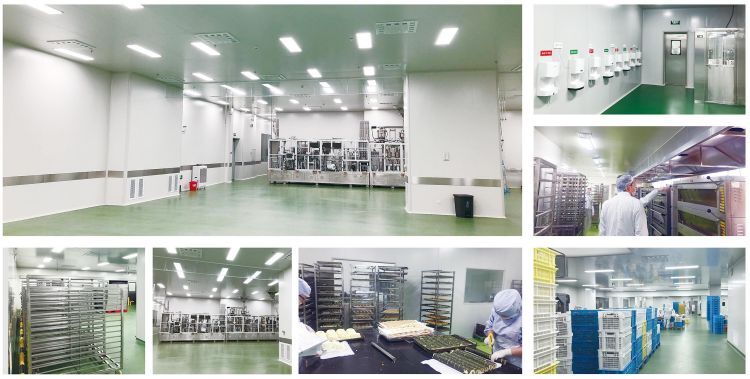Essential Pieces of Cleanroom Equipment
- 2024-02-01
- View 15
A cleanroom requires an unique set of cleanroom equipment to keep it operating efficiently. It goes without saying that maintaining a cleanroom’s integrity is not easy. There are multiple factors that must be considered — air quality, traffic, human behaviour, and even the materials permitted to enter the space.

Regardless of whether your cleanroom is a new addition or a long-standing facility, you still need to invest in the proper resources to maintain its cleanliness. Replacing a contaminated cleanroom will not only be costly, but delay your projects. As they say, prevention is better than cure. We visit many sites with cleanrooms that are over 20 years old and easily validate at the level they were first designed to meet due to their dedication to the standard operating procedures and maintenance plans the y have put into place.
If you have a cleanroom, you must take great care in maintaining its integrity. Here are some of the essential cleanroom supplies and equipment you need to make sure your cleanroom performs to you required standard.
1. Replacement Filters
All cleanrooms have a designed airflow system and the filters specified in this system are chosen to achieve the standard required. Once these filters block they are no longer doing the job for which they were intended. The effect of neglecting your filters will be and increase in particle rates and also increased resistance on the fans which will degrade their life span.
We would suggest that you keep replacement filters on-hand. Your system will use a series of filters. The pre filter will need replacing very regularly, the intermediate or bag filter less frequently and the final filters, HEPA or UPLA least of all. Keep a supply of pre-filters and intermediate filters and train your employees how to change the filters. As a rule of thumb, we recommend that you keep enough pre-filters for at least two changes so you won’t have to halt operations when your main and backup filter runs out.
HEPA/ULPA filters don’t require constant change. It can take years before you need to replace them. However, they are the most important filter in your cleanroom system as they are responsible for keeping out the tiniest particles in the air, making sure that your room is to your chosen standard. The testing of these filters should form part of your cleanroom monitoring.
2. Gowning Materials
No one can enter a cleanroom wearing their regular clothes. Aside from the outside contaminants that they will bring into the cleanroom, the fabrics these clothes are made from can also cause problems inside.
To enter a cleanroom without contaminating it, you need to wear clothing that is suitable to that environment. That maybe a full gowning procedure that usually consists of hoods, masks, goggles, bunny suits, booties, and cleanroom gloves or for less volatile procedures hair nets, over coats and shoes.
What ever your gowning protocol you need to ensure that you are always well stocked with these items of apparel. Over the pandemic there was a supply issue that caught some cleanroom users unaware. Many of our clients order three months of materials in advance to ensure they don’t have a problem.
3. Cleanroom Cleaning Materials
Aside from the regulated air control and air filters, you also need to clean your cleanroom regularly and thoroughly to maintain a stable and fully functional facility. This typically means there is a daily cleaning routine arranged around shifts, a weekly or nightly deeper clean and a monthly deep clean. The cleaning schedule will depend upon the use and level of the cleanroom.
The materials and supplies required for cleanrooms are a higher grade than those you use for your office. Some common cleanroom cleaning materials include HEPA filter vacuum, distilled water, alcohol (IPA), Denatured Ethanol and high-quality mops & wipes that don’t break down and leave particles on the surface.
4. Cleanroom Etiquette or Protocol
Not a piece of cleanroom equipment but vital in ensuring that you maintain a fully functioning facility is the standard operating procedures (SOP’s) and the regular training in these. It is standard practice to appoint a cleanroom manager who is responsible for ensuring the cleanroom is used and maintained according to these SOP as well as monitoring the maintenance and validations of the cleanroom.
An effective strategy to remind users of the SOP is to create posters illustrating best practice at key points in, around and outside your cleanroom. Even the most senior of employees need some reminders.
Are you looking to build a cleanroom? Contact us now for more details!
Kwang Cleanroom is proud to offer examples of a variety of our cleanroom projects below. Electronics Assembly Cleanrooms, Cosmetic Production Cleanrooms, Automotive Cleanrooms, Aerospace Cleanrooms, Medical Device Cleanrooms, Pharmaceutical & Biotechnology Cleanrooms, Powder Coating Cleanrooms.
